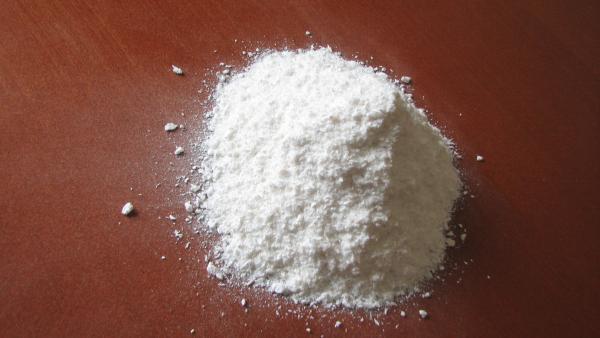Cellulose Acetate Market Emerging Stronger Amid Rising Demand for Eco Friendly Packaging Materials

The cellulose acetate market has emerged as a vital segment in the global chemical and materials industry, primarily due to its wide applications in textiles, cigarette filters, films, and plastics. Derived from cellulose through acetylation, cellulose acetate serves as a biodegradable and versatile alternative to synthetic polymers, making it increasingly popular amid rising environmental concerns.
In recent years, the market has witnessed a steady growth trajectory driven by technological advancements, consumer preference for sustainable materials, and regulatory policies promoting eco-friendly alternatives. The demand for cellulose acetate is particularly high in the Asia-Pacific region, which dominates both the consumption and production landscape.
Market Drivers
One of the primary drivers of the cellulose acetate market is its use in cigarette filters. As one of the largest applications, cigarette filter production accounts for a significant portion of global cellulose acetate consumption. Despite growing anti-smoking campaigns and regulations, cigarette consumption remains high in various parts of Asia and Africa, maintaining steady demand for this material.
Another major contributor to market growth is the textile industry. Cellulose acetate fibers are known for their silk-like aesthetics, lightweight feel, and comfort. With increasing consumer interest in sustainable and biodegradable fabrics, the demand for cellulose-based textiles has gained traction, especially in the fashion and interior design industries.
The film and coatings sector also plays a substantial role in the market’s development. Cellulose acetate films are widely used in photography, packaging, membranes, and optical products due to their clarity, strength, and biodegradability. The shift toward greener packaging solutions further boosts the demand for cellulose acetate films.
Sustainability and Environmental Impact
The environmental advantages of cellulose acetate cannot be overstated. Being derived from renewable natural sources such as wood pulp and cotton linters, cellulose acetate decomposes more easily than petroleum-based plastics. This positions it as a sustainable solution in various end-use applications, including packaging, textiles, and personal care.
However, concerns remain about the biodegradability of cellulose acetate in certain conditions, especially in marine environments. To address this, research and innovation are being directed toward enhancing the material’s biodegradability without compromising performance.
Regional Landscape
The Asia-Pacific region is the largest and fastest-growing market for cellulose acetate, led by countries like China, India, and Japan. The region benefits from high demand in cigarettes, textiles, and packaging sectors, along with favorable manufacturing infrastructure. China alone is a key supplier and consumer, with several domestic producers maintaining a strong grip on global exports.
North America and Europe follow closely behind, driven by sustainability initiatives and innovations in packaging and fiber technologies. Regulatory frameworks encouraging the reduction of single-use plastics are creating opportunities for cellulose acetate in environmentally friendly products.
Latin America and the Middle East & Africa are emerging markets with growing industrialization and urbanization that support increasing consumption of cellulose acetate-based products.
Market Challenges
Despite its advantages, the cellulose acetate market faces several challenges. The production process involves acetic anhydride and other chemicals that may raise environmental and health concerns if not properly managed. Additionally, competition from other biodegradable materials like polylactic acid (PLA) and newer biopolymers adds pressure on market players to innovate and cut costs.
Price volatility of raw materials such as wood pulp and cotton also affects market stability. As demand rises, sustainable sourcing becomes a key priority to ensure long-term growth.
Key Players and Competitive Landscape
Major companies in the cellulose acetate market include Eastman Chemical Company, Celanese Corporation, Mitsubishi Chemical Group, Daicel Corporation, and Sichuan Push Acetati Co., Ltd. These players invest heavily in R&D, capacity expansion, and sustainable practices to maintain competitive advantage.
Collaborations, mergers, and vertical integration strategies are also prominent as companies strive to improve supply chain resilience and product quality.
Future Outlook
The cellulose acetate market is expected to witness moderate to strong growth in the coming years, supported by the increasing demand for biodegradable materials, government support for sustainable practices, and advancements in processing technologies. Innovations in fiber and film applications, particularly in cosmetics, automotive interiors, and high-end packaging, will further diversify its market potential.
As sustainability becomes a critical component of consumer and corporate strategy, cellulose acetate is poised to play a central role in shaping the future of environmentally responsible material solutions.
- Art
- Causes
- Crafts
- Dance
- Drinks
- Film
- Fitness
- Food
- Games
- Gardening
- Health
- Home
- Literature
- Music
- Networking
- Other
- Party
- Religion
- Shopping
- Sports
- Theater
- Wellness


